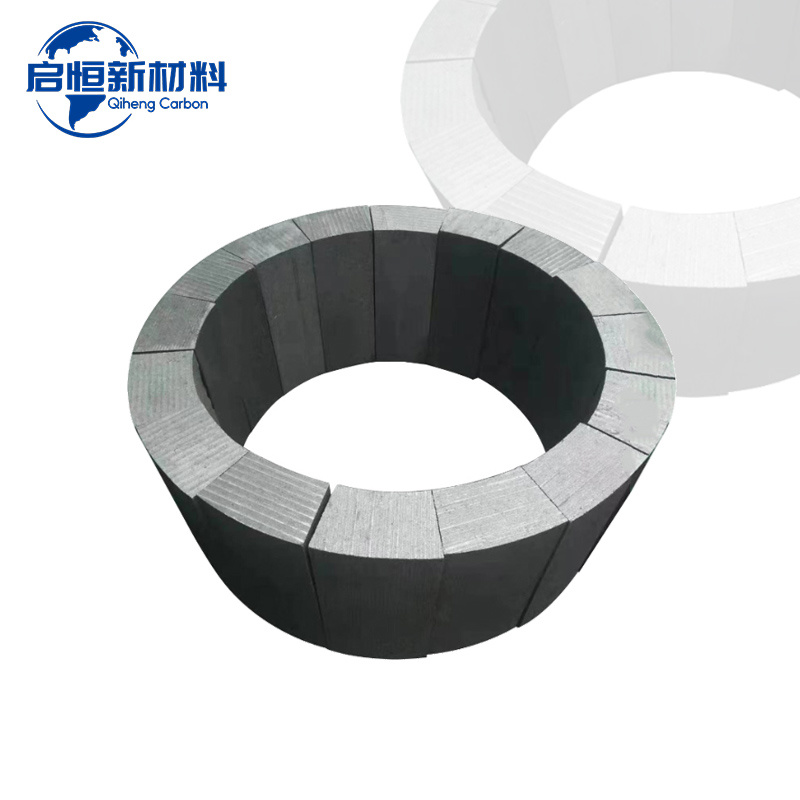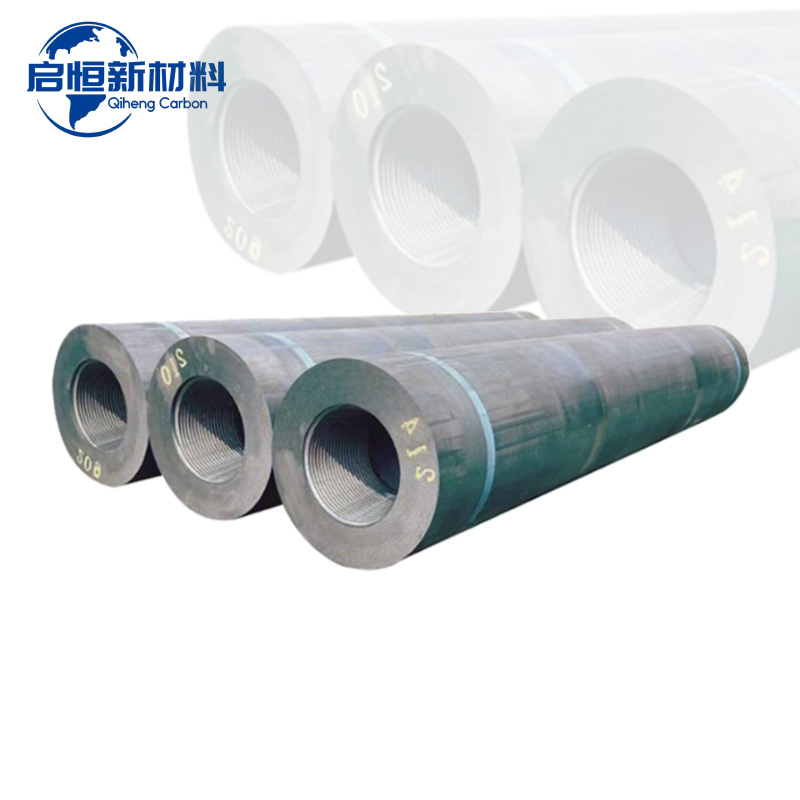Understanding Graphite Electrode Carbon Bricks: Essential Components in Metallurgy
Summary:
Graphite electrode carbon bricks are integral materials in the metallurgy and energy industries, particularly in steel production and electric arc furnaces. These bricks are composed primarily of carbon, given their excellent conductivity, high thermal resistance, and structural integrity under extreme conditions. Understanding their properties and applications can significantly enhance their usag

Graphite electrode carbon bricks are integral materials in the metallurgy and energy industries, particularly in steel production and electric arc furnaces. These bricks are composed primarily of carbon, given their excellent conductivity, high thermal resistance, and structural integrity under extreme conditions. Understanding their properties and applications can significantly enhance their usage in industrial processes.
One of the most notable characteristics of graphite electrode carbon bricks is their remarkable thermal stability. They can withstand high temperatures, often exceeding 3000°C, which is crucial in environments such as electric arc furnaces where steel is produced. This thermal resistance allows for the efficient operation of furnaces, as the bricks maintain structural integrity and provide effective insulation.
Furthermore, the electrical conductivity of graphite is another significant property. Graphite electrode carbon bricks are designed to conduct electricity, which is essential in electric arc furnaces where electrical energy is converted into thermal energy. The efficient electrical conduction reduces energy losses during the melting process, leading to higher productivity and lower operational costs.
In addition to their thermal and electrical properties, graphite electrode carbon bricks are also characterized by their mechanical strength. They can bear substantial loads without deforming, which is crucial in high-pressure environments. This durability ensures that the bricks can withstand the rigors of continuous operation, providing a longer lifespan and reduced maintenance needs.
The versatility of graphite electrode carbon bricks extends to their application in various metallurgical processes beyond steel production. They are also employed in aluminum smelting, copper production, and other non-ferrous metal industries. Their ability to perform under harsh conditions makes them invaluable in ensuring efficient and effective metal processing.
Moreover, with advancements in manufacturing techniques, the quality and performance of graphite electrode carbon bricks have improved significantly. Innovations in production processes have led to the development of specialized bricks that cater to specific industrial needs, enhancing their efficiency and effectiveness.
In conclusion, graphite electrode carbon bricks are pivotal in the metallurgy and energy sectors due to their unique properties, including thermal stability, electrical conductivity, and mechanical strength. Understanding these materials' characteristics and applications can lead to more efficient industrial processes and better resource utilization. As industries continue to evolve, the role of these bricks in ensuring sustainability and efficiency will only become more pronounced, making them a topic of interest for professionals in the field.
One of the most notable characteristics of graphite electrode carbon bricks is their remarkable thermal stability. They can withstand high temperatures, often exceeding 3000°C, which is crucial in environments such as electric arc furnaces where steel is produced. This thermal resistance allows for the efficient operation of furnaces, as the bricks maintain structural integrity and provide effective insulation.
Furthermore, the electrical conductivity of graphite is another significant property. Graphite electrode carbon bricks are designed to conduct electricity, which is essential in electric arc furnaces where electrical energy is converted into thermal energy. The efficient electrical conduction reduces energy losses during the melting process, leading to higher productivity and lower operational costs.
In addition to their thermal and electrical properties, graphite electrode carbon bricks are also characterized by their mechanical strength. They can bear substantial loads without deforming, which is crucial in high-pressure environments. This durability ensures that the bricks can withstand the rigors of continuous operation, providing a longer lifespan and reduced maintenance needs.
The versatility of graphite electrode carbon bricks extends to their application in various metallurgical processes beyond steel production. They are also employed in aluminum smelting, copper production, and other non-ferrous metal industries. Their ability to perform under harsh conditions makes them invaluable in ensuring efficient and effective metal processing.
Moreover, with advancements in manufacturing techniques, the quality and performance of graphite electrode carbon bricks have improved significantly. Innovations in production processes have led to the development of specialized bricks that cater to specific industrial needs, enhancing their efficiency and effectiveness.
In conclusion, graphite electrode carbon bricks are pivotal in the metallurgy and energy sectors due to their unique properties, including thermal stability, electrical conductivity, and mechanical strength. Understanding these materials' characteristics and applications can lead to more efficient industrial processes and better resource utilization. As industries continue to evolve, the role of these bricks in ensuring sustainability and efficiency will only become more pronounced, making them a topic of interest for professionals in the field.
Previous:
Focus On Hot Spots
Understanding Graphite Electrode Carbon Bricks: Essential Components in Metallurgy
Graphite electrode carbon bricks are integral materials in the metallurgy and energy industries, particularly in steel production and electric arc furnaces. These bricks are composed primarily of carbon, given their excellent conductivity, high thermal resistance, and structural integrity under extreme conditions. Understanding their properties and applications can significantly enhance their usag
How to Extend the Lifespan of Carbon Graphite Electrodes
Table of Contents
1. Introduction to Carbon Graphite Electrodes and Their Importance
2. Understanding the Factors Affecting the Lifespan of Carbon Graphite Electrodes
2.1 Thermal Stability and Conductivity
2.2 Mechanical Strength and Flexural Properties
2.3 Chemical Resistance and Environment
3. Best Practices to Extend the Lifespan of Carbo








